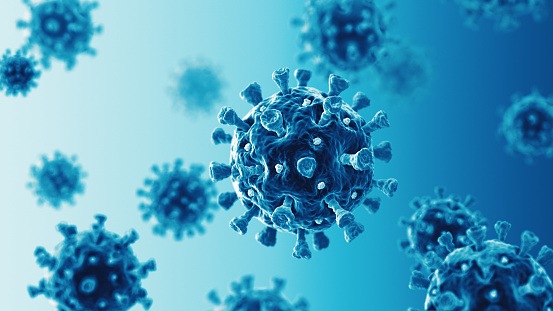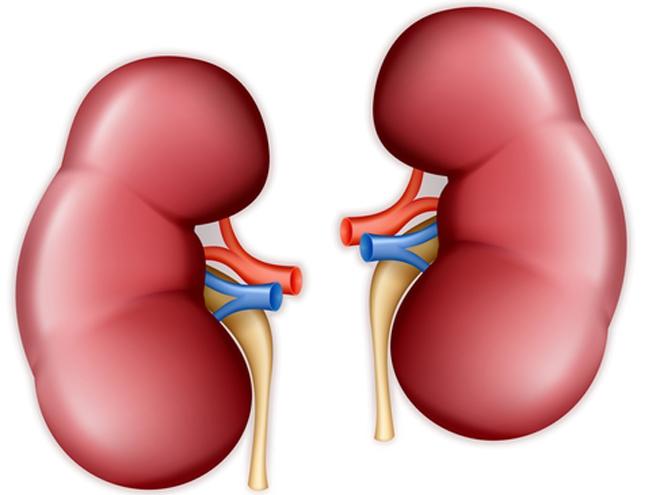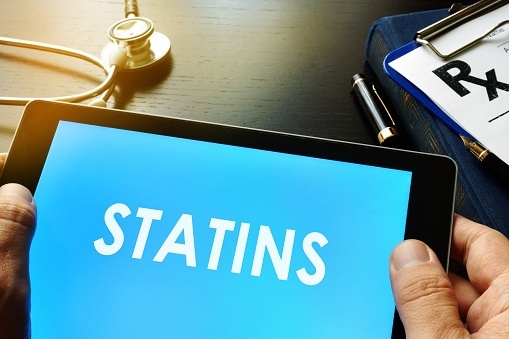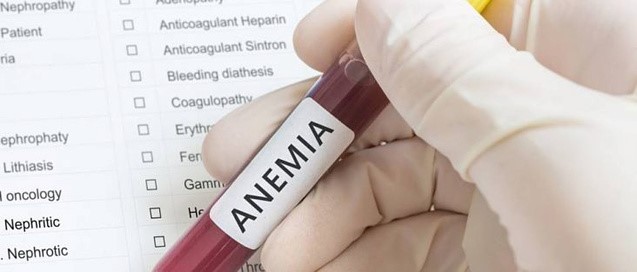
Early data on acute kidney injury (AKI) associated with coronavirus disease 2019 (COVID-19) suggested a high prevalence of proteinuria in that patient population. If accurate, the finding may indicate an AKI pathogenesis not solely related to ischemic acute tubular injury (ATI). Vipin Varghese, MD, and colleagues conducted an analysis to test the hypothesis that the indications of high incidence of proteinuria in patients with COVID-19 who developed AKI resulted from observation. The researchers aimed to examine the rate of de novo proteinuria in AKI associated with COVID-19 (CoV-AKI) compared with that of AKI in the pre-COVID-19 era (non-CoV-AKI).
Results of the study were reported during a virtual poster session at ASN Kidney Week 2020. The poster was titled Incidence of New-Onset Proteinuria in AKI Associated with COVID-19 Is Not Greater than It Is in AKI from Other Causes.
The study included 161 hospitalized patients with CoV-AKI and a control group of 186 non-CoV-AKI patients. The control group was identified using a database of patients with AKI who underwent urinary sediment microscopy due to suspicion of an intrinsic cause of AKI (SEDI-AKI cohort, 2018-2019). The researchers assessed the incidence of proteinuria of any degree (1+ dipstick), significant, or overt. Significant proteinuria was defined as urine protein-to-creatine ratio (UPCR) ≥0.5-3.0 g/g or 2+ dipstick; overt proteinuria was defined as UPCR ≥3.0 g/g + 3+ dipstick.
Median age in the two groups was similar: 65 years in the CoV-AKI group and 60 years in the non-CoV-AKI group. In the CoV-AKI group, 62% were female compared with 63% in the non-CoV-AKI group; 75% of the CoV-AKI group were Black compared with 35% in the non-CoV-AKI group (P<.0001).
In the CoV-AKI group, the presumed cause of AKI was ATI (ischemic and/or toxic) in 75% compared with 71% in the non-CoV-AKI group. The incidence of any proteinuria was 83% (n=123/148) versus 69% (n=127/184) in the non-CoV-AKI group (P=.003). The incidence of significant proteinuria was 66% (n=98/148) in the CoV-AKI group versus 44% (n=81/184) in the non-CoV-AKI group (P=.0001). The incidence of overt proteinuria in the CoV-AKI group was 10% (n=14/148) versus 13% (n=23/184) in the non-CoV-AKI group (P=.39).
Among patients with significant proteinuria, there was no difference in median UPCR between the two groups (0.69 vs 0.69 g/g). Using baseline UPCR when available, the rates of de novo significant and overt proteinuria were similar (46% vs 46% and 5% vs 7%, respectively). Among patients with overt proteinuria who underwent kidney biopsy, collapsing glomerulopathy was found in 75% of the CoV-AKI group compared with 0% in the control group (P=.002).
“The incidence rate of new onset proteinuria was not found to be increased in CoV-AKI and is consistent with that of other forms of ATI. An observed overall greater incidence in significant proteinuria in CoV-AKI may be driven by pre-existing proteinuria. While the rate of overt proteinuria is not greater in CoV-AKI, the primary cause of de novo glomerular disease may vary.”
Read more here: https://www.asn-online.org/education/kidneyweek/2020/program-abstract.aspx?controlId=3442803
Source: Varghese V, Mohamed M, Velez JCQ. Incidence of new-onset proteinuria in AKI associated with COVID-19 is not greater than it is in AKI from other causes. Abstract of a poster presented at the American Society of Nephrology virtual Kidney Week 2020 (PO0673), October 22, 2020.






 © 2025 Mashup Media, LLC, a Formedics Property. All Rights Reserved.
© 2025 Mashup Media, LLC, a Formedics Property. All Rights Reserved.